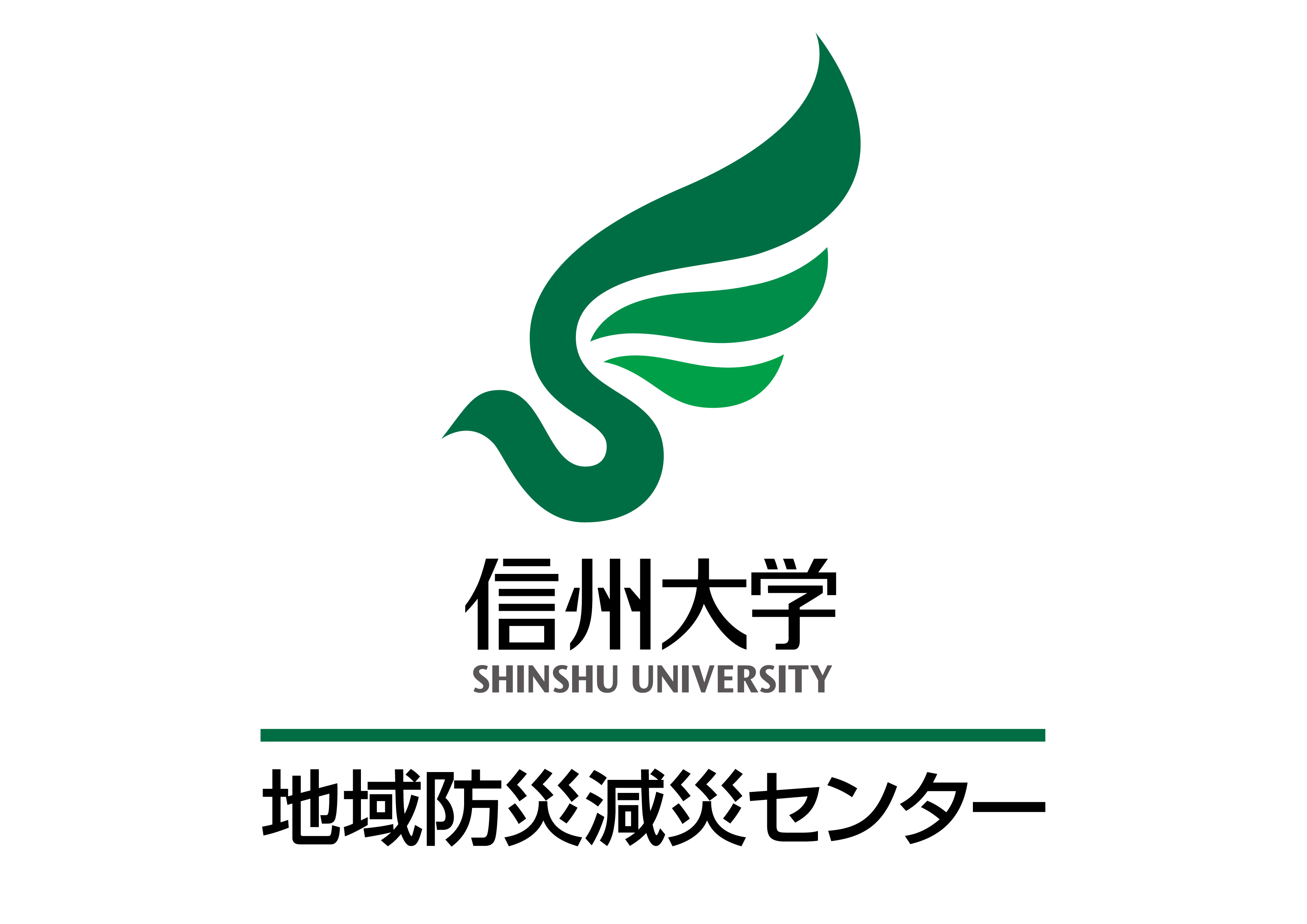TOPICSお知らせ
2022.09.05
- お知らせ
Q1ジャーナルに災害の複合評価に関する論文が採択されました(信州大学 准教授 上原三知 先生 )

この度、信州大学社会基盤研究所(学術研究院農学系併任)准教授及び地域防災減災センター連携教員の上原三知先生の東日本大震災の複合災害リスク評価に関する研究論文がURBAN STUDIES,ECOLOGY, GEOGRAFYなど6つのJCT CategoryでQ1ランクのLandscape and Urban Planning (Impact Factor:8.119,CiteScore:12.7)に採択されました。
以下、ご参照ください。
掲載先
"https://www.sciencedirect.com/science/article/pii/S0169204622001906?via%3Dihub"
Misato Uehara, Kuei-Hsien Liao, Yuki Arai, Yuta Masakane,
Could the magnitude of the 3/11 disaster have been reduced by ecological planning? A retrospective multi-hazard risk assessment through map overlay,
Landscape and Urban Planning,Volume 227,2022,104541,ISSN 0169-2046,
https://doi.org/10.1016/j.landurbplan.2022.104541.
(https://www.sciencedirect.com/.../pii/S0169204622001906)
Abstract: On March 11, 2011, the Great East Japan Earthquake triggered a series of catastrophes in Japan. The sheer magnitude of this compound disaster—known as the 3/11 disaster—raises a question whether it was simply unavoidable. However, this study demonstrates that the 3/11 disaster could have been significantly reduced by strategic ecological planning, if not avoided altogether. Using an environmental inventory developed by the Japan National Land Agency (JNLA) in 1980, we conducted a retrospective multi-hazard risk assessment for Tohoku through map overlay. We found that 89 % of the damaged highways, 88.2 % of the damaged buildings, and 81 % of the wrecked Fukushima nuclear power plants and associated facilities in the 3/11 disaster are subject to high risks of one or more hazards identified in the 1980 environmental inventory. This implies that the historic data has “predicted” the major damages in the 3/11 disaster occurred 31 years later. A similar assessment using the 2019 risk data by Japan’s Ministry of Land, Infrastructure, Transport and Tourism (MLIT) shows that this current risk mapping, nevertheless, largely fails to indicate the aforementioned damages. Our study suggests that even simple “map overlay” can be instrumental to multi-hazard risk assessment; however, for map overlay to be effective, a high-quality environmental inventory map with integrated and comprehensive risk information is necessary, and thus risk mapping quality matters. To reduce compound disasters, the political will is most important to ensure that the results of multi-hazard risk assessment is taken into account in spatial planning.
Keywords: Compound disaster; Design with nature; Great East Japan Earthquake; Map overlay; Multi-hazard risk assessment; Risk mapping
